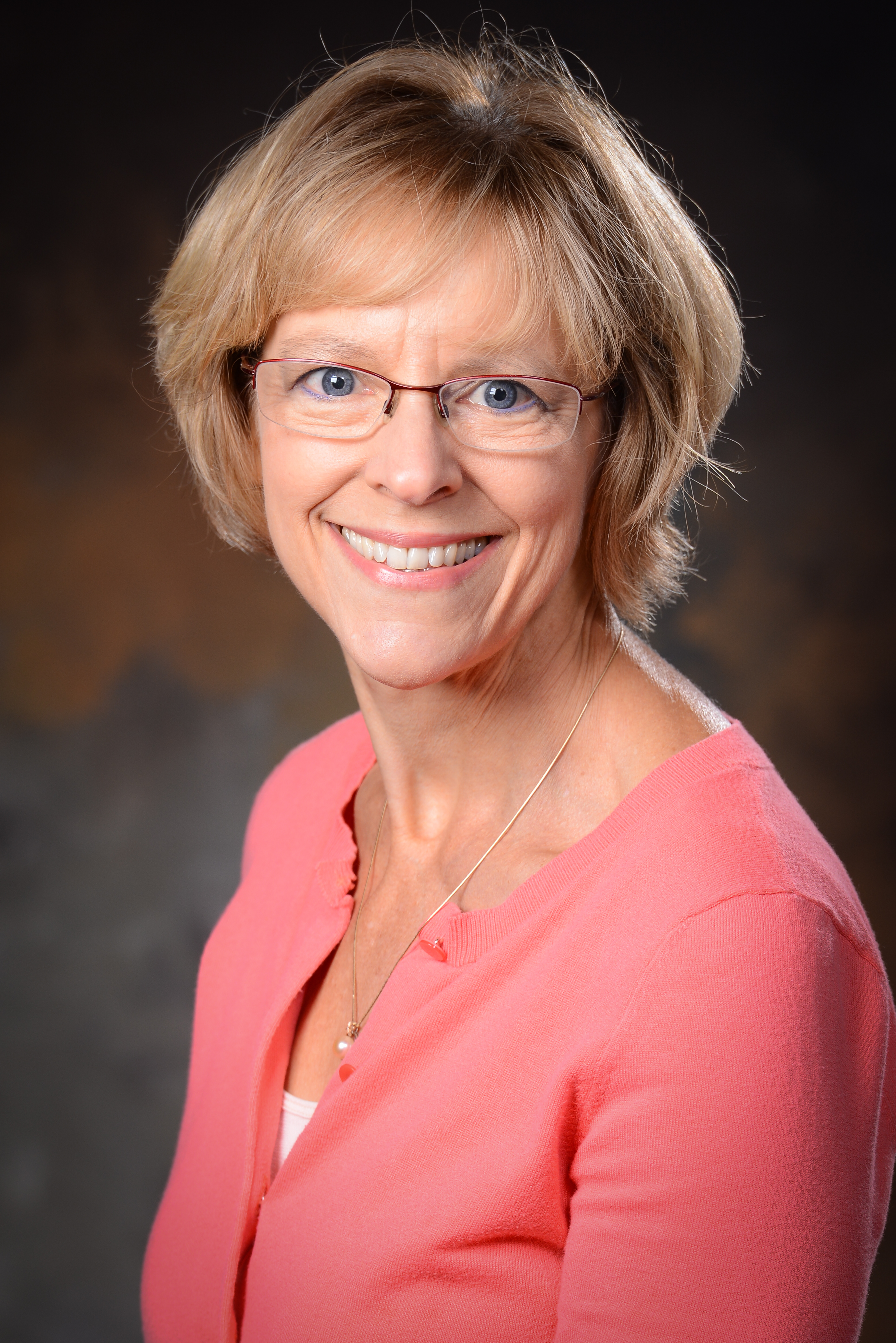 MES Advisory Board member Tammy Barr discusses how her struggle with data has evolved from figuring out where to find it to trying to get more of it to deciding how to analyze all of it.
MES Advisory Board member Tammy Barr discusses how her struggle with data has evolved from figuring out where to find it to trying to get more of it to deciding how to analyze all of it.
Back in the day, companies wanted as much data as they could get, but didn’t know where to find it. Then they started getting measurable data, but still wanted more.
Nowadays, companies are buried in an avalanche of data and cannot figure out how to make sense of all of it.
CIOs from a multitude of midsize enterprises struggle with the issue of analyzing all the data that’s available to them.
Tammy Barr is the CIO of a privately-owned food manufacturer called Continental Mills, whose portfolio includes long-standing brands and products including Krusteaz and Buck Wild. She has spent almost a quarter century at the Seattle, Wash.-based company leading their IT department. She’s familiar with many of the same data obstacles that IT organizations face on a daily basis.
Barr, a member of the Midsize Enterprise Summit Advisory Board, says a big challenge for her is how to get the right data and utilize it to keep up with the ever-changing trends within the technology landscape.
“We’ve got tons and tons of data, but how do we turn that into some meaningful insights and analytics that help us go after the right things?”
She goes on to explain that, in order to analyze the data correctly, she has looked at outsourcing opportunities because her organization does not have all the internal skills to efficiently use the information.
“We’re trying to develop those [skills], but at the same time, we can’t wait. So, we are using some external companies where their expertise is in building analytics and visualizations, helping us make some progress faster than if we did it on our own.”
“It’s been difficult to sell the idea of outsourcing some of the things that we do because we always feel like we have such specific knowledge that nobody else could ever do what we do. But I think we’re finding that’s not always the case.”
Outsourcing: It’s not always an easy pill to swallow
Barr knows a lot of midsize companies aren’t necessarily comfortable with the offshoring model because of difficulty in managing it, as well as losing some control of what you’re doing. However, she thinks as more companies start doing it, there will be more success stories as a result of outsourcing.
“It’s actually less costly than trying to do it in-house. Even if it’s not, there’s a lot of resource constraints that we have. We can’t just throw people at all these things and get them done. So, it’s providing additional resources that are pretty low, relative cost to get something done quickly.”
The proof (of concept) is in the testing
Barr goes into the proof of concept [POC] testing she applied using external vendors in order to help sell the idea of outsourcing within her company.
“We’re working with them right now on building some reporting that’s actually useful for the organization. They’re not taking over what we do, but they’re being a good extension of our capabilities and being real collaborative with us.
Delving further into her company’s POC testing, Barr mentions that Continental Mills employs Microsoft Power BI and Office 365, but she does not feel like they have been successfully deploying all the functionality for those applications.
“The vendor that we’re working with has a lot of expertise in Power BI. So, what we’ve challenged them with for the proof of concept is to take this reporting solution that our end users are looking for that we might normally see created in Tableau, but show us what you can do over in Power BI.”
Barr is hopeful the POC testing will not just give the end users a new report, but really show them, as well as her, some capabilities of the tools that they can also learn from.
She mentions that attending conferences, like the Midsize Enterprise Summit, are very helpful from an organizational standpoint to learn more about these issues.
“We see companies more our size and our demographic that are struggling with some of the same issues that we are, and what kind of things have they been successful with.”








